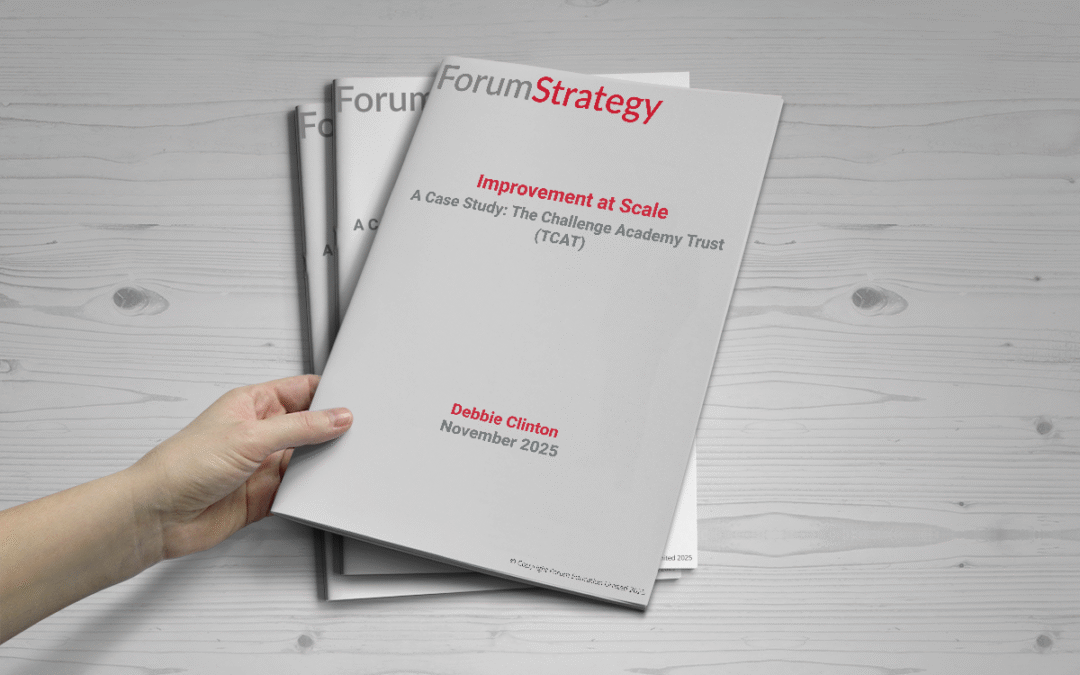by Luke Sibieta, Programme Director, EPI & IFS
Over the last decade, school and trust leaders have faced significant challenges as a result of cuts to school spending. Lockdowns, disruption and lost learning have created whole new challenges and headaches. As we approach a new normal, school spending has begun to grow again. As I argue in this article, rising costs and inflation are likely to take-up much of this increase. Expectations are also ambitious in terms of the role that schools and trusts can play in narrowing inequalities. But amongst the challenges and growing expectations, lie some key areas of agency and control for trust leaders – opportunities to identify where the key issues lie and think creatively and collaboratively about how they might best be addressed.
Between 2010 and 2019, school spending per pupil fell by 9% in real-terms. This period of cuts has recently been reversed with increases in school spending per pupil expected through to 2024. This provides a welcome multi-year budget settlement that should allow for more long-term strategic planning. In total, school funding in England will rise by about £4 billion in 2022-23, which includes extra funding to cover the costs of the new Health and Social Care Levy. There will then be a further rise of £3 billion between 2022-23 and 2024-25. However, because of the scale of the cuts over the last decade, this will only take school funding per pupil in 2024 back to the same level it was in real-terms in 2010. No net growth in school funding per pupil over a 14-year period is still a very significant squeeze in historical terms.
“Between 2010 and 2019, school spending per pupil fell by 9% in real-terms. This period of cuts has recently been reversed with increases in school spending per pupil expected through to 2024.”


